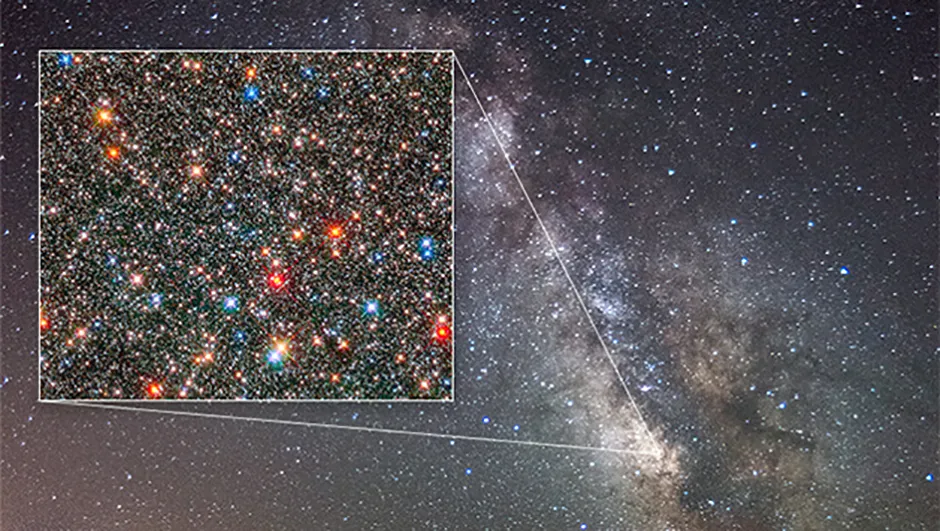Nine years of Hubble Space Telescope data has enabled astronomers to analyse about 10,000 Sun-like stars in the central hub of the Milky Way.While previous theories suggested the Galaxy’s central hub, or bulge, was thought to be relatively inactive and composed mostly with old stars, this latest study reveals it is much more dynamic.
The study could provide clues as to the evolution of the Milky Way.
The team behind this analysis was led by Will Clarkson of the University of Michigan-Dearborn.
They found that the motions of the stars in the hub vary depending on their chemical composition.
Stars rich in elements that are heavier than hydrogen and helium have more orderly motions, but orbit around the galactic centre quicker than older stars, which are deficient in heavier elements.
Some scientists think the Milky Way’s bulge formed when the Galaxy itself first formed, about 13 billion years ago. If this were true, all stars would be old and share a similar motion.
Other theories suggest the bulge formed later, having evolved slowly after the first stars were born. If this were the case, some of the stars might be younger and would show a different motion compared to older stars.

This study reveals characteristics of both models, indicating it could be vital to understanding how the bulge originated.
"By analysing nine years' worth of data in the archive and improving our analysis techniques, we have made a clear, robust detection of the differences in the motion for chemically deficient and chemically enriched Sun-like stars,”says Clarkson.
"We hope to continue our analysis, which will allow us to make a three-dimensional chart of the rich chemical and dynamical complexity of the populations in the bulge."
The team studied Sun-like stars because they are abundant and within the reach of Hubble’s observational abilities. The centre of the Galaxy is about 26,000 lightyears away.
"Hubble gave us a narrow, pencil-beam view of the Galaxy’s core, but we are seeing thousands more stars than those spotted in earlier studies," says Annalisa Calamida, a member of the Hubble research team.

